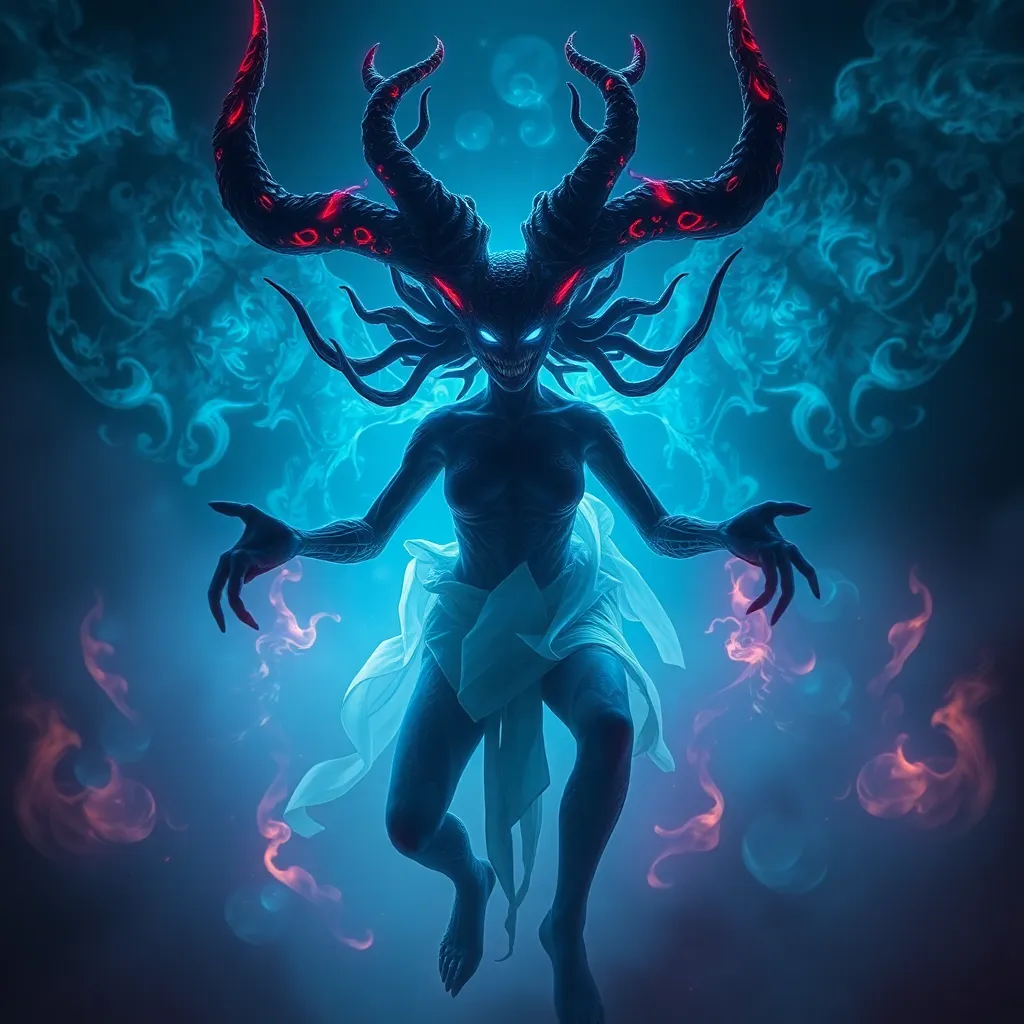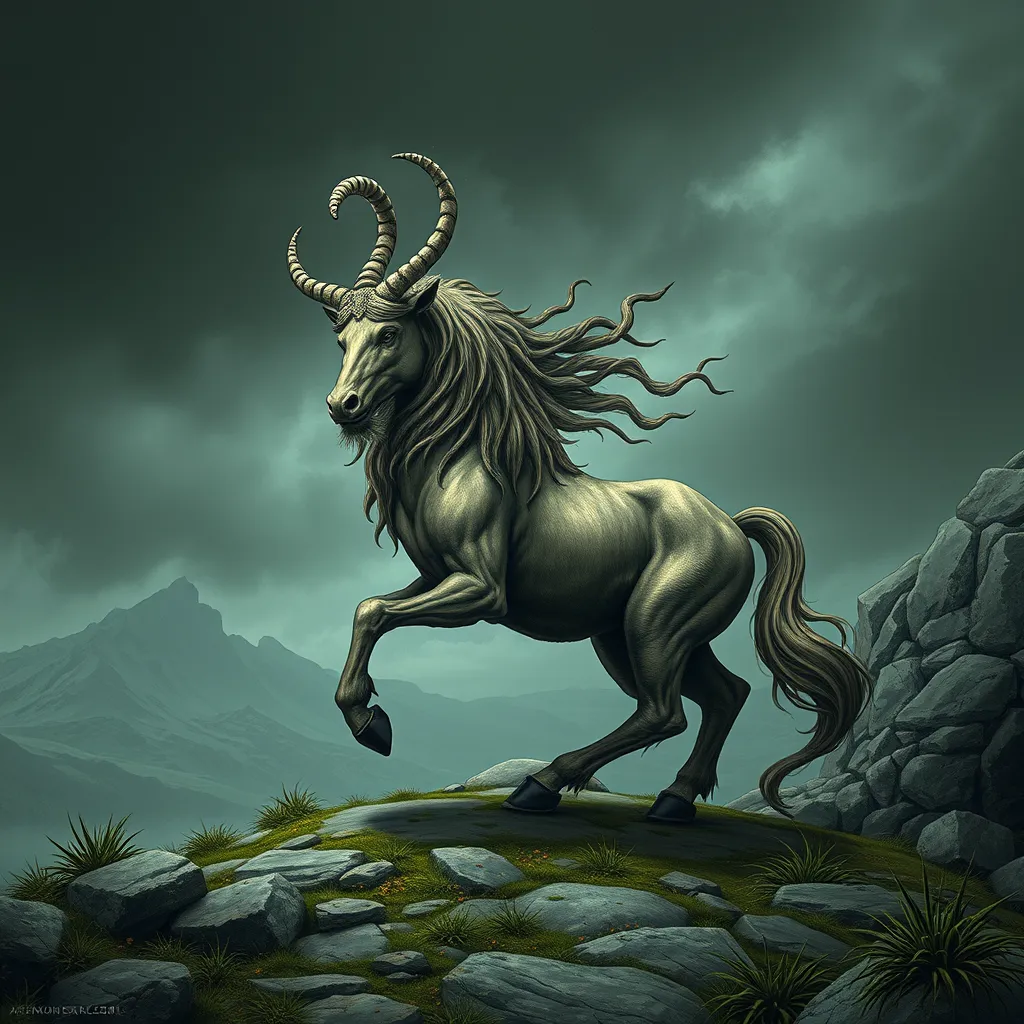The Troll’s Bridge: A Passageway to the Otherworld
I. Introduction
The Troll’s Bridge is a captivating element of folklore that has woven itself into the cultural tapestries of various societies. It often symbolizes a threshold, a passageway between the known and the unknown, the mundane and the magical. In mythology, bridges are not merely structures; they represent transitions, journeys, and the crossing from one state of being to another.
This article aims to explore the legend of the Troll’s Bridge, examining its origins, symbolism, and the encounters that define its narrative. By delving into this intriguing tale, we hope to uncover the deeper meanings and cultural significance of this folkloric motif.
II. The Legend of the Troll’s Bridge
A. Origins of the tale
The legend of the Troll’s Bridge has roots in Norse and Scandinavian mythology. It is believed that trolls, mythical creatures known for their cunning and strength, inhabit bridges, demanding tolls from those who wish to cross. The earliest accounts date back to the medieval period, where trolls were depicted as both malevolent and misunderstood beings.
B. Description of the troll and its characteristics
Trolls in these legends are often described as large, hulking figures with grotesque features. They are typically portrayed as having:
- Thick, coarse hair
- Rugged, weathered skin
- Sharp claws and teeth
- A mischievous or threatening demeanor
Despite their fearsome appearance, trolls are also depicted as guardians of the bridges, testing the worthiness of those who seek to pass.
C. Common variations of the story across cultures
Variations of the Troll’s Bridge story can be found in many cultures. For instance, in some Eastern European folktales, the troll may be replaced with other creatures, such as goblins or ogres, who similarly guard the passage. Each culture imbues the story with its own unique lessons and moral implications, reflecting local values and fears.
III. Symbolism of the Bridge
A. Bridges as metaphors for transition
Bridges in mythology serve as powerful symbols of transition and transformation. They represent:
- The journey from one phase of life to another
- The crossing from ignorance to knowledge
- The confrontation of fears and challenges
The act of crossing a bridge often signifies a rite of passage, where one must leave behind the familiar to embrace the unknown.
B. The troll as a guardian of the threshold
The troll embodies the archetype of the guardian of the threshold. This character serves a dual purpose:
- To protect the sanctity of the Otherworld
- To challenge the traveler, ensuring that only the worthy may pass
In many tales, the interaction between the traveler and the troll is crucial, as it determines whether the journey will continue or be thwarted.
C. Importance of crossing the bridge in personal journeys
Crossing the Troll’s Bridge can be seen as a metaphor for personal journeys. It symbolizes the challenges we face in life, the fears we must confront, and the growth that comes from overcoming obstacles. Each individual must face their own ‘troll’ to reach their goals and aspirations.
IV. The Otherworld: A Glimpse Beyond
A. Definition and characteristics of the Otherworld
The Otherworld is often depicted as a mystical realm that exists parallel to our own. It is characterized by:
- Magical landscapes
- Mythical creatures
- Timelessness and altered realities
In many cultures, the Otherworld is a place of both danger and wonder, where the rules of the ordinary world do not apply.
B. Comparisons with other mythological realms
Similar to the Otherworld, other mythological realms, such as the Greek Underworld or the Celtic Otherworld, serve as gateways to different states of existence. Each culture’s interpretation reflects its beliefs about life, death, and what lies beyond.
C. The role of the Troll’s Bridge in accessing this realm
The Troll’s Bridge acts as a crucial access point to the Otherworld. It serves as a literal and figurative passage, where the journey to the Otherworld begins. The act of crossing signifies a willingness to engage with the unknown and embrace transformation.
V. Encounters on the Bridge
A. Tales of travelers and their interactions with the troll
Numerous tales recount the experiences of travelers who encounter the troll. These stories often highlight the themes of bravery, cunning, and negotiation. Travelers must engage with the troll, often through riddles or challenges that test their wisdom and resolve.
B. Tests and challenges presented by the troll
The troll may present various tests, such as:
- Riddles that must be solved
- Physical challenges that require strength
- Moral dilemmas that test character
These challenges serve to filter those who are truly worthy of crossing into the Otherworld.
C. Outcomes of crossing or failing to cross the bridge
The outcomes of these encounters can vary greatly. Some travelers successfully cross the bridge, gaining wisdom and new perspectives, while others may fail, leading to setbacks or lessons that must be learned before they can attempt the journey again.
VI. Cultural Interpretations
A. Regional variations of the Troll’s Bridge myth
Across different regions, the Troll’s Bridge myth takes on various forms. In Scandinavian folklore, trolls are common, while in Slavic tales, the guardian may be a witch or a spirit. Each version reflects local fears and societal values.
B. Artistic representations in literature and visual media
The Troll’s Bridge has inspired countless artistic interpretations, from paintings to literature. Notable examples include:
- The stories of J.R.R. Tolkien, where trolls play significant roles
- Illustrations in children’s books that depict the bridge as a whimsical yet daunting place
C. The bridge in contemporary storytelling
In contemporary narratives, the Troll’s Bridge continues to be a symbol of challenges in personal and societal contexts. Writers and creators often use the motif to explore themes of growth, resilience, and the journey toward self-discovery.
VII. The Troll’s Bridge in Modern Context
A. The bridge as a symbol in modern society
In today’s world, the Troll’s Bridge can represent the obstacles people face in various aspects of life, such as:
- Career transitions
- Personal relationships
- Self-improvement journeys
It serves as a reminder that crossing these bridges often requires courage and determination.
B. Parallels in current challenges and personal growth
The challenges posed by the troll mirror the struggles individuals encounter today. Each obstacle can lead to significant personal growth, much like the travelers who must prove their worth to gain access to the Otherworld.
C. The resurgence of interest in folklore and mythology
The modern fascination with folklore and mythology, including stories like the Troll’s Bridge, highlights a collective yearning for connection to our cultural roots. As we navigate an increasingly complex world, these stories offer timeless wisdom and insight into the human experience.
VIII. Conclusion
The legend of the Troll’s Bridge endures as a powerful reminder of the thresholds we face in life. It invites us to reflect on our journeys and the challenges we must overcome to grow and transform. As we navigate our own bridges, let us remember the wisdom of the trolls and the importance of confronting our fears.
In closing, we encourage readers to explore their own thresholds and transitions, embracing the journey that lies ahead. The Troll’s Bridge is not just a passageway in folklore; it is a metaphor for our own life experiences, a reminder that every crossing has the potential to lead us to new realms of understanding and growth.



